- These Are The
Best Backpacking Tents
For 2023
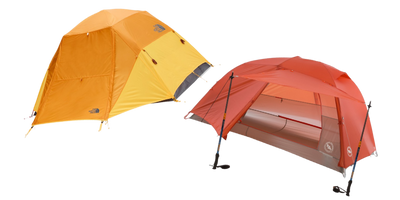

Welcome to our picks for the best backpacking tents of 2023. Our purpose isn’t just to help find the right tent for you, but to also help you save as much money as possible.
When you find the tent that you like, view the product page to see who has the lowest price or set a price drop alert and we’ll notify you when the price drops.
Whether you want the least expensive tent, the easiest to assemble, or an ultralight that won’t drag you down, our guide has the advice you need to find the best backpacking tent to fit your needs.
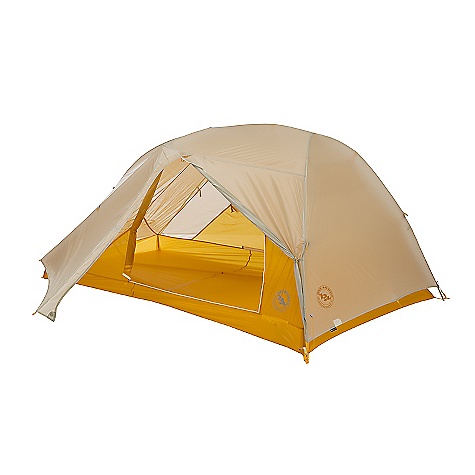
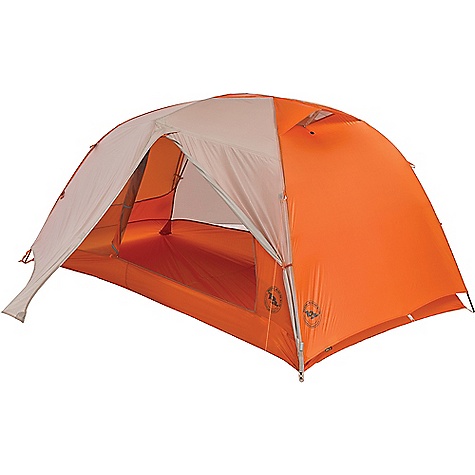
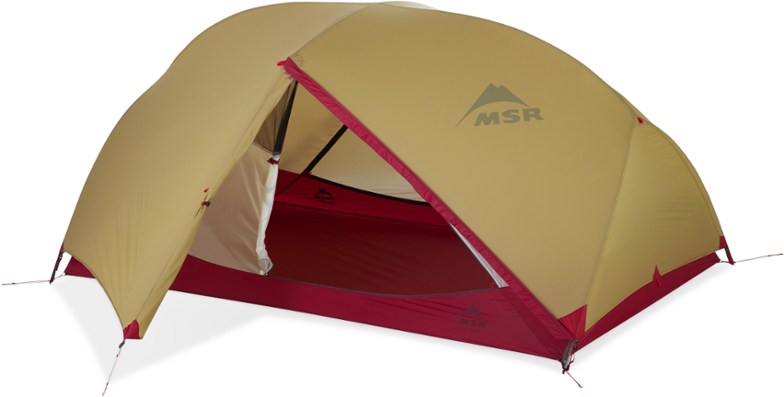
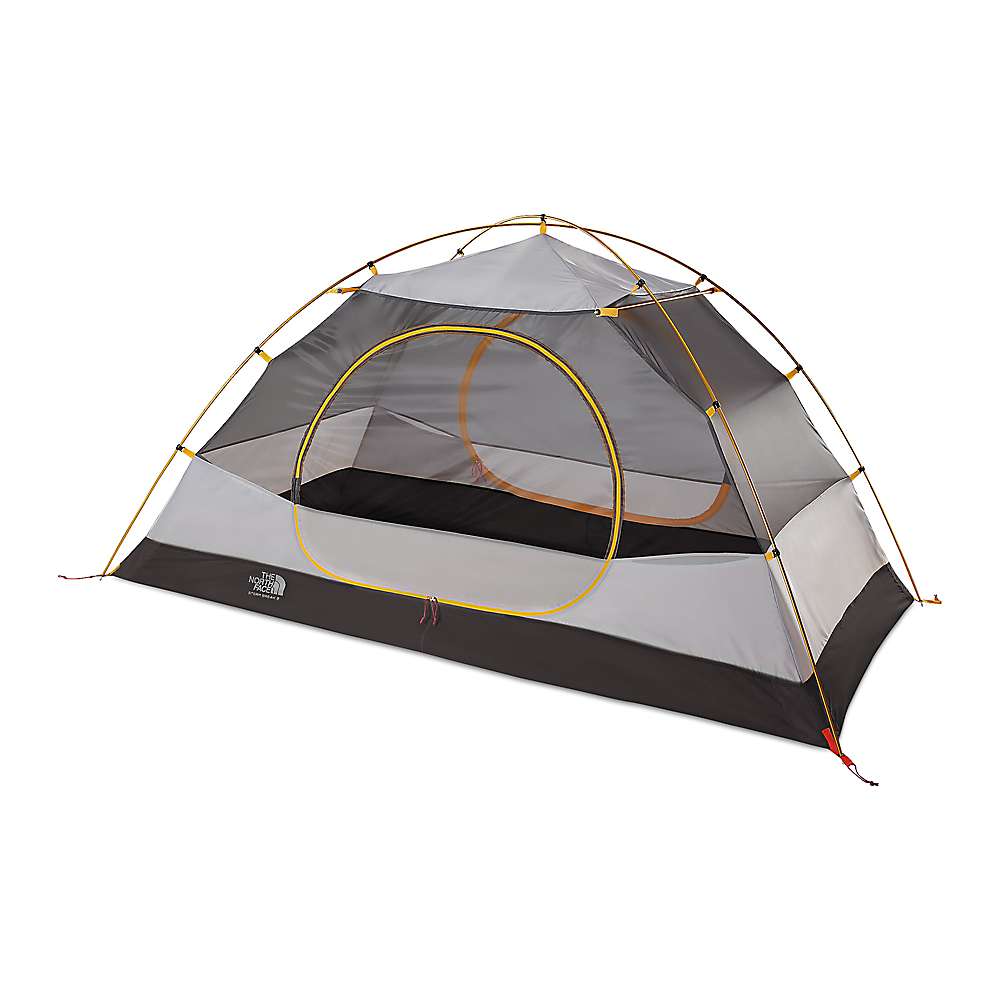
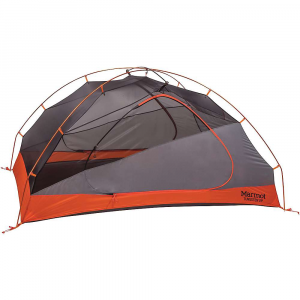
Big Agnes Copper Spur HV UL2 Backpack Tent strikes an excellent balance between weight, convenience, ease of set up, and much more.
The Big Agnes Copper Spur UL2 is a lightweight and spacious backpacking tent that is engineered to deliver a comfortable, secure, and reliable structure for two people. It offers a freestanding frame, a double-wall design, and cleverly designed tent pole architecture, which helps to increase the tent’s interior space and headroom
The MSR Hubba Hubba is a popular tent among hikers and backpackers due to its lightweight and compact size, as well as its durability and ease of setup.
The MSR Hubba Hubba 2 is a reliable and comfortable tent that is suitable for a variety of outdoor adventures. It is well-constructed, easy to set up, and lightweight, making it an excellent choice for hikers and backpackers looking for a high-quality tent.
The Big Agnes Tiger Wall UL2 is a tent that is considered to be one of the lightest two door tents that are also strong, durable and comfortable -perfect for multi-day trips. The reason being that not only is it ultralight but it’s minimalist pole structure gives it a strong frame. Coupled with the non-ripstop, water resistant polyester material, dual easy grip zippers and low bent for circulation, it is the perfect tent.
The Big Agnes Tiger Wall UL2 is a lightweight and compact backpacking tent that is designed to provide a comfortable and reliable shelter for two people. It features a single-wall design and a freestanding frame, making it quick and easy to set up in a variety of environments.
The North Face Stormbreak 2 tent is a high-quality, reliable shelter that is designed to stand up to the most extreme weather conditions. This lightweight and spacious backpacking tent has two entrances with mesh windows on either side, offering plenty of airflow.
When you get right down to it, there aren’t a whole bunch of other two person hiking tents that can go toe-to-toe with this one from the North Face.
Easily one of the best lightweight tents money can buy, this just might be the best hiking tent on the market – and certain one of the top contenders for the title of best backpacking tent, too!
The Marmot Tungsten is a budget friendly, light backpacking tent. Has double doors and is a great tent for beginner backpackers.
The Marmot Tungsten 2P tent is a budget-friendly tent that is easy to set up, has ample interior space, and has two D-shaped doors for easy entrance and exit. It is a no-frills tent, great for a beginning backpacker.
Are you getting ready to start your new backpacking adventure?
Good, you’re in the right place, welcome to our complete buyers’ guide to backpacking tents. Bellow, I’m going to give you all the information you need to make an informed decision.
My the end of this article, you’ll know everything you need to know from the tent seasons to their most essential features. Sound good?
Great, let’s get started:
Tents come with different season ratings, and you must pick the right one. The most common grade is a three-season tent, but what do the ratings mean? And why are they important?
Let’s take a look:
Retailers group one and two season tents together, they’re the most basic tents you can purchase on the market. They’re mainly used in hotter countries due to their poor insulation qualities, they just don’t hold up in heavy storms.
They usually come without a rainfly, so in any type of rain, it’s unlikely it will perform well. And even if your two-season tent does come with a rainfly, the chances of it making it through a storm are very unlikely.
I mentioned earlier that three-season tents are the most popular, but why is that?
Well, they’re the most balanced tent that offers impressive versatility. The tents are light enough not to be an issue carrying, yet strong enough to keep you safe from the elements. As the tent suggests, you’re more than capable of using the tent from spring to fall (Three seasons clever, right?).
The insulation of the tent will keep you fresh in summer, by remaining breathable and removing the mugginess of camping. They can even perform well in light snow, but when it comes to harsh snowstorms, it just won’t provide you the right protection.
Some of the most common characteristics you might find with three-person tents are more headroom, lighter fabric, Rainfly’s and mesh panels for extra airflow.
Now, if we go by the same logic as the three-season tent, then you’d expect this to be the crème de la crème of seasonal tents. Well, yes and no. Four season tents are aimed more towards winter nights, then summer days.
In the summer, you’ll notice a four-season tent far too stuffy, which is why serious backpackers have multiple tents. But, when it comes to harshest cold weather, I wouldn’t be caught without a four-season tent. The insulation qualities are second to none.
The problem with four-season tents is the weight. Traditionally they use more poles and thicker materials, which is necessary to keep you warm. As I said, this can make the tent very heavy and not appealing to some backpackers.
When it comes down to choosing a season, your default setting should be to go for a three-season tent. It offers the most versatile protection while remaining lightweight and durable.
Before you make a choice, ask yourself a few questions, where am I planning on staying? And what will the average temperature be? Answering these questions will help out, but at the end of the day, it’s your decision to make.
So by now, you should have an idea of what season you’re going to need for your trip. Now it’s time to think about what size of tent you’re going to need. Why?
Well, get a tent which is too small, and you’re not going to be very comfortable spending time in there. And if you get a tent that’s too big, you’ll have a lot of unnecessary weight you’ll have to carry and be cold at night.
Backpackers usually pick between three sizes, so, let’s take a more in-depth look into tent sizes:
It’s the most popular choice for solo travelers and outdoor enthusiast. As the name suggest it sleeps one person. One thing to note is the dimensions depend on the manufacture. But, One thing is for sure, it’s doubtful that you could get two people in there.
If you’re traveling with friends or you’re expecting to find friends along the way, then a one-person tent just won’t do it.
They rarely have more than one door, so you have to take note of which direction you set the tent up. Finally, if you’re looking for a tent with a vestibule, then you’ll be lucky to find one.
These ones the most popular among tent buyers; it’s large enough to get a couple of people comfortably but light enough for it not to be an issue carrying it. Again dimensions will vary from manufacture to manufacture.
Chances are your two-person tent will only have one door, but it’s not unheard of to have two.
It will more than likely be around 20-22 inches wider than the two-person tent, and you might be lucky enough to get a little extra length and legroom. But hey, nothing is guaranteed, right? If you’re backpacking with a friend, I’d actually recommended getting a three-person.
Yes, it will be heavier to carry, but you have two people to split the weight with. Another bonus is the extra room you and your buddy will have. Trust me, it makes all the difference.
Now time for the fun part, looking at all the features tents have to offer. Different manufactures and brands all offer different things. Which is why it’s worth checking out what they are, and what it means for you.
Take a look:
Ultralight tents tend to pack down a lot smaller than your average double-walled tent. This usually results in the tent being lightweight (I know it’s in the name again), which is highly important when you’re traveling long distances.
Heavy backpacks can take its toll on your knees and back; it’s the constant bouncing pressure as you walk. So, if you can shave off any weight off the tent, then it’s a good idea.
Let me explain:
That being said, ultralight tents do tend to be far more expensive than their cousins. And to make it worse, at times, there not even that much lighter. As technology progress, manufactures can adapt their gear to shave weight off.
So, what weights can we expect from ultralight tents?
However close you and your friend are, there’s a good chance you don’t want to get woken up by them spooning you. And for this reason, size really does matter.
Here’s the deal:
Backpacking tents aren’t known for being roomy, in fact, quite the opposite. And it makes sense why. Backpackers need something that will fit in their backpack without taking up too much space. The thing is, this results in tiny and cramped living spaces.
Our best option is to test pitch the tent first, and you can do this in a couple of ways. Your first option is to go to a camping store to see if they’ll pitch the tent for you. This way, you can jump inside and get a real feel to it.
Although this might not be an option for everyone. Which brings me to your second option. Find the dimensions online and then map it out with rope in the garden. Now, this isn’t as effective as the first test, but it will give you some idea if the backpacking tent is suitable.
It’s one of the most crucial factors when buying a tent for your backpacking journey. Remember, you’re going to be carrying the tent around with you for a long time.
If you’ve already been looking into tents before, you might have noticed manufacturers are talking about two weight categories, but what do they mean?
Let me explain:
This is the overall weight of every part of the tent, including:
As I said, it literally means the weight of everything in the bag. This is the primary reading you can trust, for reasons that I’ll get into soon.
Now, this is reading that can hard to trust for one main reason. The industry does not have a standard to calculate this measurement. This means manufacturers are free to include or exclude an item they deem unnecessary.
For me, and many other people, the minimum trail weight should include all items the tent needs to function correctly.

